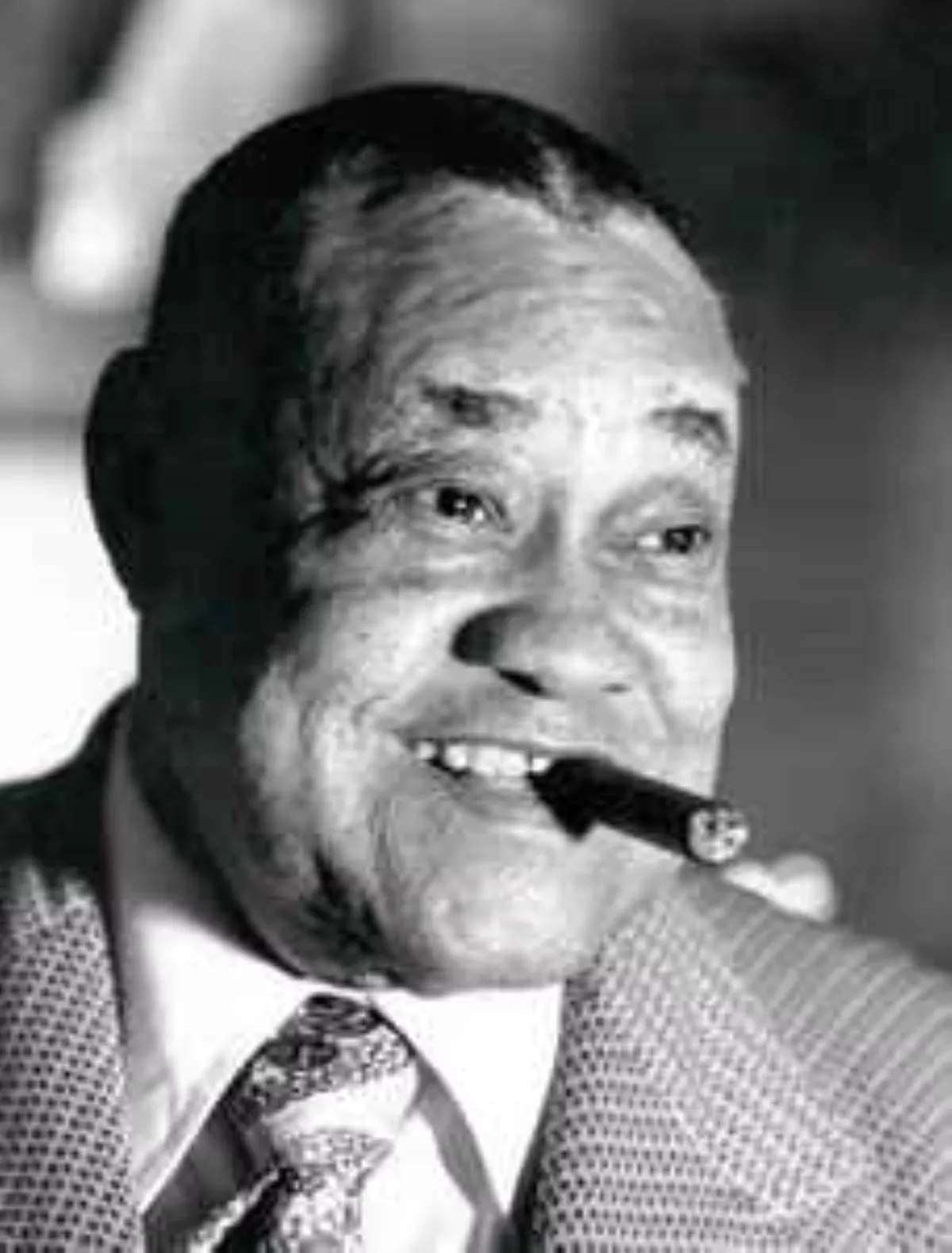 1.
1. Roosevelt Sykes was an American blues musician, known as "the Honeydripper".

 1.
1. Roosevelt Sykes was an American blues musician, known as "the Honeydripper".
Roosevelt Sykes began playing the church organ around the age of ten.
In 1925 Roosevelt Sykes met Leothus "Lee" Green, a piano player in a West Helena theater playing a mix of blues, ragtime, waltz, and jazz to accompany silent movies.
Roosevelt Sykes was paid room and board, and a dollar a night.
Roosevelt Sykes was a sought-after session pianist for the Bullet and Bluebird labels.
In 1943 Roosevelt Sykes began performing with his band The Honeydrippers.
Roosevelt Sykes left Chicago for New Orleans in 1954, as electric blues was taking over the Chicago blues clubs.
Roosevelt Sykes recorded two sessions for Imperial Records in 1955, that were produced by Dave Bartholomew.
Roosevelt Sykes moved back to Chicago in 1960 as the folk music revival rekindled interest in the blues.
Roosevelt Sykes toured Europe and performed at blues festivals in the United States.
Roosevelt Sykes lived his final years in New Orleans, where he died from a heart attack on July 17,1983.
Roosevelt Sykes was buried at Providence Memorial Park in New Orleans in an unmarked grave.
Roosevelt Sykes said in his later years he decided to become a bluesman when he heard St Louis piano player Red-Eye Jesse Bell.
Roosevelt Sykes named St Louis musicians including Bell, Joe Crump, Baby Sneed, and his mentor "Pork Chop" Lee Green as his early influences.
Leothus Lee "Pork Chop" Green, is thought to have schooled Roosevelt Sykes in mastering separate but complementary bass and treble rhythms.
Roosevelt Sykes's technique was more akin to blues guitarists than to other piano players who were recorded at the time.
Roosevelt Sykes's left hand played a strong bedrock bass, keeping the beat, as his right hand roamed the length of the keyboard.
Roosevelt Sykes used the piano as a lead instrument rather than as part of the rhythm section.
Roosevelt Sykes moved easily from country boogie-woogie to his urban blues piano style.
Nevertheless, Roosevelt Sykes was sensitive as an accompanist, responding to other musicians' changes.
Roosevelt Sykes had a long career, spanning the pre-war and postwar eras.
Roosevelt Sykes's pounding piano boogies and risque lyrics characterize his contributions to the blues.
Roosevelt Sykes was inducted into the Blues Hall of Fame in 1999.